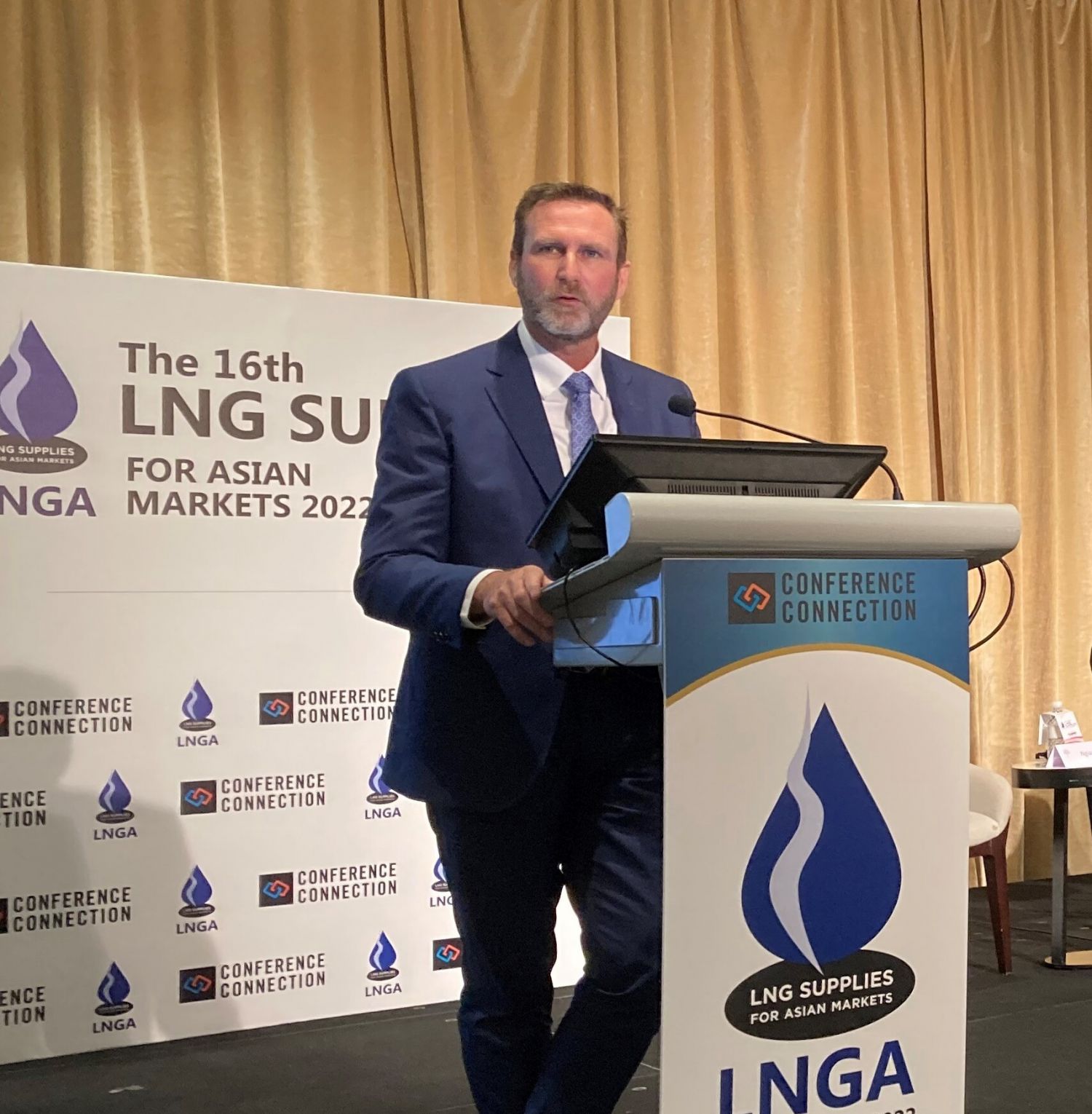As the world moves towards a lower-emission future, with a transition to cleaner, more sustainable sources of power and fuels, natural gas continues to play an essential role.
The shift to energy sources that can meet both the power and lower-carbon fuel demands of people while continuing to provide reliable energy results in natural gas becoming increasingly important.
How is natural gas used?
Natural gas – once collected and processed – can be used to power everything, from electricity, cooking and heating; to industrial feedstocks used to make the many materials we need for modern life; to fuel for transport.
Gas provides easy energy access for many, as it can be transported via pipeline, compressed to make CNG, or chilled to form Liquid Natural Gas( LNG).
LNG is an extremely safe fuel which is easily transportable, and can be used in a variety of different ways. It is often used in industrial applications for power or as feedstock for products.
CNG is a cheaper fuel source than petrol or diesel and is primarily used in commercial and private transport, from autorickshaws and cars to buses and trucks.
The ease of moving gas, through pipelines, via ships as LNG, or compressed in cylinders, is also playing a major role in improving energy access for developing nations, helping to lift the standard of living and power the lives of its residents.
Advantages of natural gas
Natural gas is an abundant energy source that is helping to drive this movement, providing a secure, on-demand fuel, that can be switched on to generate electricity or heat quickly, faster than coal, and can support the integration of intermittent renewables into power grids. One of the main advantages of natural gas is that it also emits significantly fewer pollutants than coal power generation, such as nitrogen oxides (NOx) and sulphur oxide (SOx), particulates, and up to 60% fewer GHGs.
It also overcomes the concerns around solar and wind energy’s reliability, as they are not always available on-demand and provide intermittent power. Natural gas is the energy source that can bridge renewables’ gaps.
Where does natural gas come from?
Natural gas is formed from ancient marine micro-organisms such as plankton and algae, that used photosynthesis – sun power – to grow. After these organisms died, they were buried beneath geologic layers of sand and rock over millennia, exposing them to intense heat and pressure.
They then transformed energy gained from the sun, as they decomposed, into hydrocarbon comprising a carbon atom and four hydrogen atoms, storing it as chemical bonds known as gas.

Natural gas is easily transported around the world via ship or pipeline.
How is natural gas made?
Once extracted, natural gas is often processed to remove impurities and separate materials like solids, water, CO2 and other substances to create purified natural gas.
Types of gas
Raw natural gas typically consists of methane or ethane, as well as heavier propane, butanes and pentanes. The types of natural gas extracted are conventional and unconventional gas. Conventional gas is easily extracted via pumping or underground pressure, while unconventional gas, such as shale or tight gas, require specialized technology to unlock.
The future of natural gas
Natural gas is just one facet of the combination of energy sources and technology – such as carbon capture and storage or hydrogen – that are driving the energy transition. It is an energy source that can aid in reducing emissions and help the developing world lift its standards of living.
Discover more about natural gas from our recent articles




